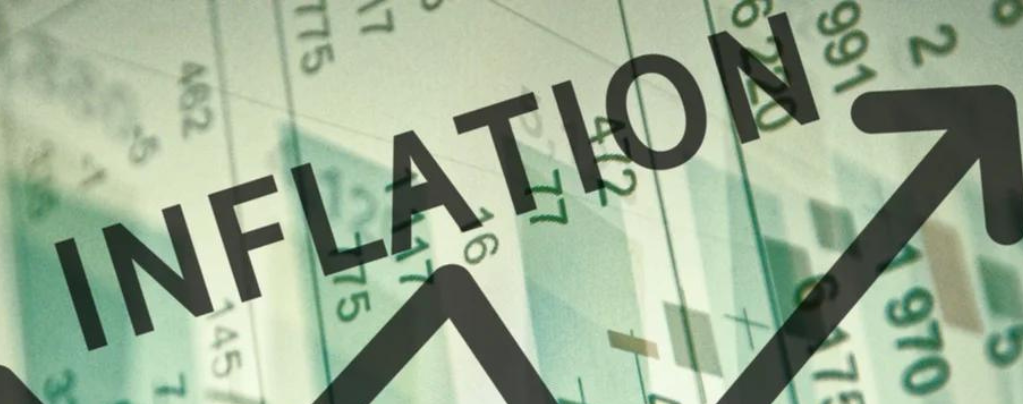by Peter McKenna
Consumer Price Index (CPI)
Time Released: 8:30 AM, Monthly, Covers Prior Month
Released By: Labor Department/Bureau of Labor Statistics (BLS)
When a dentist and his wife walk into a Home Depot in Chicago and pay $20 more for a new refrigerator than they would have paid two months before, the Bureau of Labor Statistics (BLS) wants to know about it. Why? Because higher prices are a sign of inflation.
The BLS releases the CPI on the fourth week of every month. It is the best way for investors to tell if inflation is becoming a problem. The CPI is a measure of the average change in the prices paid by urban consumers for consumer good and services. It tracks the spending patterns of about 87 percent of the total US population. It follows all residents of urban or metropolitan areas, including professionals, the self-employed, the poor, the un-employed, and retired persons. It also tracks wage earners and clerical workers. It excludes the spending patterns of people in rural areas such as farmers, people in the military, and institutions such as prisons and mental health hospitals.

The Consumer Price Index is the most reliable barometer of inflation. If consumers are paying more for the goods and services they buy, inflation is on the rise. To calculate the CPI, the BLS adds together the current prices of typical items people buy and compares them to the prices they paid for the same items during an earlier period. The percentage increase in price is the inflation number. Rising prices over a prolonged period signal inflation. Falling prices signal deflation.
The highest inflation rate ever recorded, based on the CPI, was 18% in 1918. The lowest was -10.5% in 1921.
When inflation is high, stock prices will plunge. Companies, just like consumers, will pay more for the things they buy. This means their future earnings will decline. Inflation is a double-dose of bad news for the economy. It increases the interest rates people pay for loans. Banks charge higher rates because, when inflation takes hold, the value of the dollar declines. They charge higher rates to make up for this decline.
Here are some of the items tracked by the Bureau of Labor Statistics:
Food and Beverages – breakfast cereal, milk, coffee, chicken, wine, full service meals and snacks.
Housing – Rent of primary residence, owners’ equivalent rent, fuel oil, bedroom furniture.
Apparel – Men’s shirts and sweaters, women’s dresses, jewelry.
Transportation – New vehicles, airline fares, gasoline, motor vehicle insurance.
Medical Care – Prescription drugs, medical supplies, physicians’ services, eye care, hospital services.
Recreation – Televisions, cable television, pets and pet products, sports equipment, admissions.
Education and Communication – College tuition, postage, telephone services, computer software, computer accessories.
Other Goods and Services – Tobacco and smoking products, haircuts and other personal services, funeral expenses.
Producer Price Index (PPI)
Time Released: 8:30 AM on 10th Business Day of the Month
Released By: Labor Department/Bureau of Labor Statistics (BLS)
To understand the Producer Price Index, imagine that you own a small factory that makes furniture. You sell to furniture retailers across the country. The PPI measures the prices the retailers are paying you for the furniture you make. For example, if you are getting $49.00 for a chair one month, but the price falls to $48.00 the next month, this decline will affect the PPI, which is basically another measure of inflation.
The Producer Price Index measures inflation, but rather than tracking the prices paid by consumers, it tracks the prices producers are receiving for their goods. If these prices fall, inflation could be a problem.
The PPI includes a wide variety of goods, but it only measures finished goods, those good that do not need further finishing before being sold to consumers. To calculate the PPI, the BLS surveys prices in several domestic industries.











Recent Comments